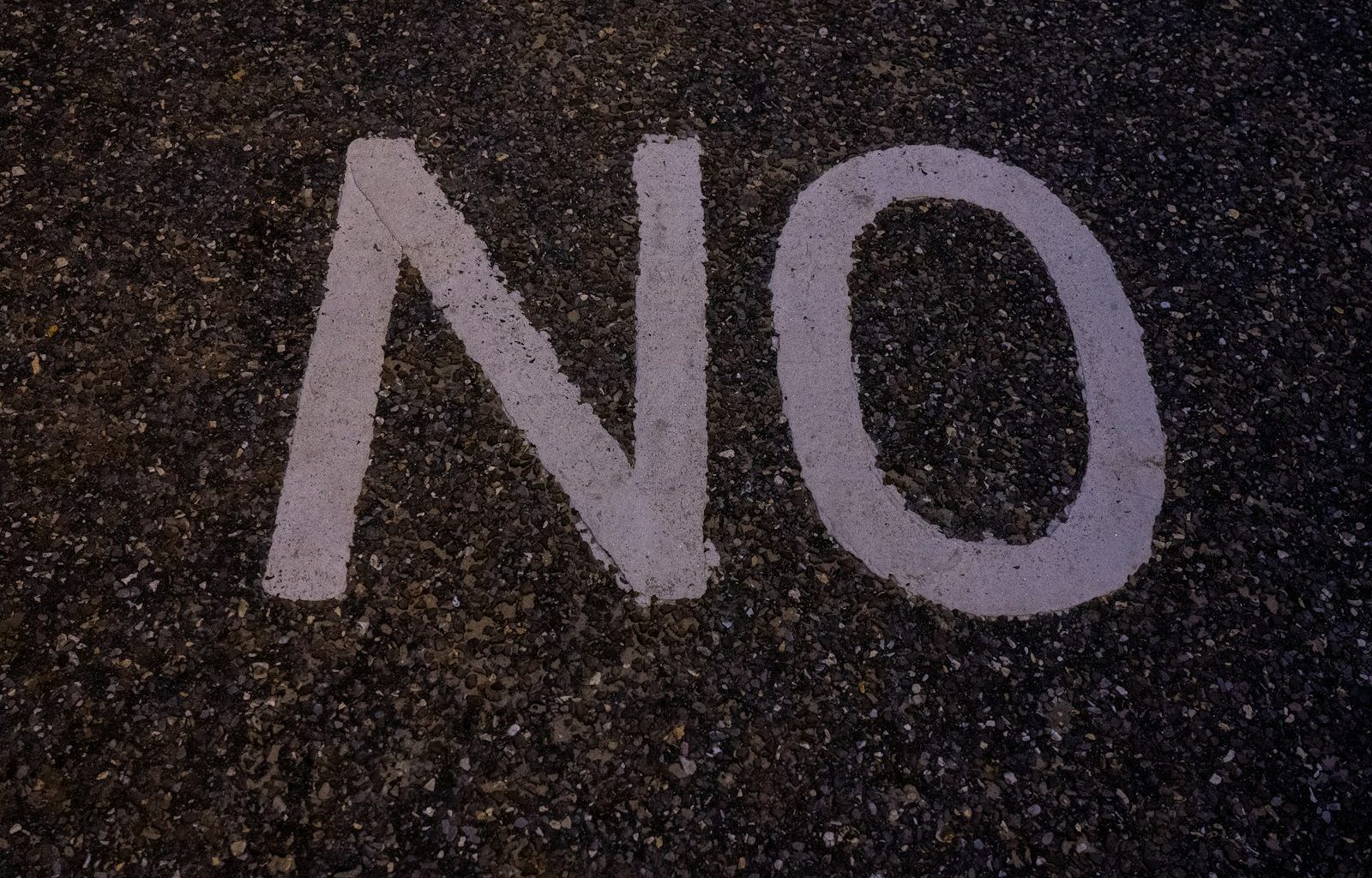What is Parental Advisory on Pictures?
Have you ever noticed a “Parental Advisory” label on pictures or other visual content and wondered what it means? Simply put, it’s a warning designed to inform viewers, especially parents, that the content may not be suitable for children. These labels help protect younger audiences from exposure to inappropriate themes like violence, explicit imagery, or strong language.
In this blog, we will break down everything you need to know about parental advisory on pictures, its importance, and how it is implemented globally. Whether you’re a parent, a content creator, or simply curious, this guide will answer all your questions.
Why is Parental Advisory Important?
Parental advisory plays a crucial role in keeping content safe for its intended audience. In today’s digital age, children are more exposed to various forms of media than ever before. The internet, social media, and streaming platforms are full of visual content that may not always be suitable for young minds.
Here’s why it’s essential:
- Protecting Children’s Mental Health: Exposure to adult themes can impact a child’s psychological well-being. Parental advisory acts as a shield, ensuring they consume age-appropriate content.
- Empowering Parents: These labels enable parents to make informed decisions about what their kids watch or interact with, creating a safer environment at home.
- Setting Clear Expectations: Content creators can use these labels to align viewer expectations, avoiding misunderstandings about the nature of their material.
Where Do You Commonly See Parental Advisory?
Here are some common places where it’s used:
- Music Album Covers: Explicit lyrics in songs often warrant a “Parental Advisory” label on album art.
- Streaming Platforms: Platforms like Netflix or YouTube display advisory ratings for their visual content.
- Social Media Posts: Creators often label explicit or sensitive posts with advisory warnings to inform viewers beforehand.
- Printed Media: Comics, books, and even graphic novels sometimes include advisory notices.
- Video Games: The ESRB (Entertainment Software Rating Board) provides detailed age ratings and warnings for games.
- Photographs and Artwork: Explicit artistic content may also carry a parental advisory notice to prevent unintended exposure.
How to Identify Parental Advisory Labels?
Understanding how to spot these labels is simple. They often come in the form of a small but noticeable icon or text on the content. Some common formats include:
- “Parental Advisory: Explicit Content”: This is widely recognized in the music industry.
- Age Ratings (e.g., 13+, 18+): Many digital platforms use numeric ratings to indicate age suitability.
- Trigger Warnings: These are detailed descriptions of potential triggers like violence or sexual content.
The History of Parental Advisory Labels
The parental advisory system we see today has evolved significantly. In the 1980s, music albums began using advisory labels after concerns about explicit lyrics. Over time, this idea expanded to include movies, TV shows, and eventually digital media.
The system is now a standardized way to classify content worldwide, helping various industries communicate better with their audiences.
Global Standards for Parental Advisory
Different countries have their own systems for content warnings. Here’s how parental advisory varies around the world:
- United States: The Recording Industry Association of America (RIAA) introduced the “Parental Advisory: Explicit Content” label in 1985. Today, it’s widely used across media.
- United Kingdom: The British Board of Film Classification (BBFC) assigns ratings to movies and visual content, including U, PG, 12A, and 18.
- India: The Central Board of Film Certification (CBFC) assigns ratings like U, UA, and A to movies. Digital content also follows similar guidelines.
- Australia: Content is rated by the Australian Classification Board with categories like G, PG, M, and R18+.
How Content Creators Can Use Parental Advisory?
If you’re a content creator, applying parental advisory labels to your work is not just a legal requirement in some cases—it’s also an ethical responsibility. Here’s how you can implement it effectively:
- Assess Your Content: Review your material for themes that might be inappropriate for younger audiences, such as violence, language, or mature themes.
- Choose the Right Label: Decide which type of advisory best suits your content. For example, a music video with explicit lyrics may need a “Parental Advisory: Explicit Lyrics” label.
- Display the Label Prominently: Make sure the label is visible on the content, whether it’s on a physical album cover or a thumbnail for online content.
- Provide Additional Context: Use descriptions or warnings to give viewers a clearer idea of what to expect.
Challenges with Parental Advisory on Pictures
Despite its importance, parental advisory systems are not without challenges. These include:
- Subjectivity: What one person considers inappropriate might seem harmless to another.
- Lack of Awareness: Many viewers, especially parents, may not fully understand the meaning of these labels.
- Inconsistent Implementation: Not all platforms and creators follow the same guidelines, leading to confusion.
To address these issues, it’s crucial to educate both creators and consumers about the significance of these labels.
Frequently Asked Questions About Parental Advisory
1. Do all pictures need a parental advisory label? No, only content with themes unsuitable for certain age groups requires such labels.
2. Who decides if content needs an advisory label? Regulatory bodies, content platforms, and sometimes the creators themselves decide based on guidelines.
3. What happens if content isn’t labeled appropriately? In some cases, the creator might face legal action or lose credibility among audiences.
Conclusion: Parental Advisory – A Tool for Safer Media Consumption
The parental advisory on pictures and other forms of content is an essential part of today’s media landscape. It ensures that viewers can make informed choices, protecting vulnerable groups while respecting artistic freedom.
Whether you’re a parent, an artist, or an everyday consumer, understanding these labels can enhance your media experience. So next time you see a parental advisory notice, you’ll know exactly why it’s there and how it benefits everyone.
For further reading, explore these related articles:
- The Ultimate Guide to Vocal Condenser Microphones Your Gateway to StudioQuality Sound
- Understanding Music Mic Price and Its Role in the Music Industry
For additional resources on music marketing and distribution, visit Deliver My Tune.






